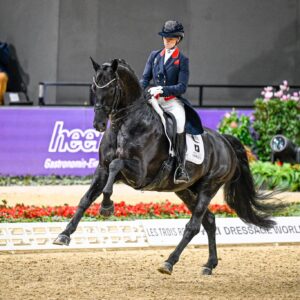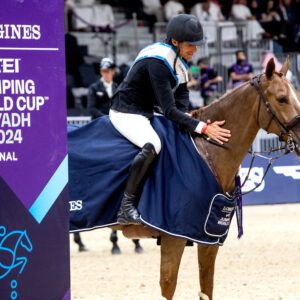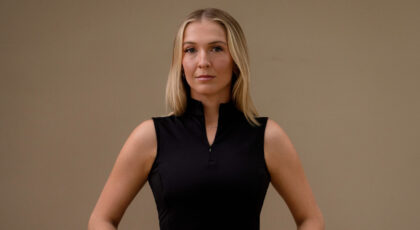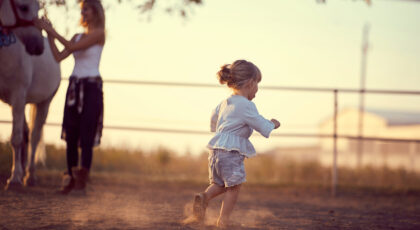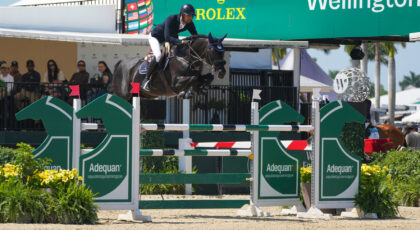I remember quite well the time when a show horse over the age of 8 or 10 was considered “old”. Those days are long gone as appreciation for the experience and levelheadedness of older horses has become appreciated. Nevertheless, there are some special considerations with exercising an older horse.
What constitutes “old” can be highly variable. One of my favorite mounts, a grade palomino named “Snoopy”, was being used to pony pretty fractious racehorses at the trot and canter across open farm fields when he was 35. For most horses though, when they hit their late teens to early 20’s there are age related changes that need to be taken into consideration.
The best way to keep a horse going well into their teens and twenties with no special conditioning considerations is to keep them moving all year. Layoffs longer than 4 weeks are associated with measurable changes in muscle mass and fiber type, muscle biochemistry, exercise capacity, etc.. Regular formal exercise, even at a reduced intensity, will largely prevent this.

©Flickr/MarkusSpiske
Whether barefoot or shod, start with a meticulously maintained physiologically sound trim. A properly functioning hoof is a major shock absorber while one that is not in correct form creates abnormal stresses on the joints and tendons/ligaments.
One age-related concern is sarcopenia, loss of muscle mass. This is largely preventable and even reversible with exercise but there is also a nutritional component. In both humans and horses, exercise effects are magnified by supplementation with either high grade protein (whey) or specific amino acids (lysine, threonine) even if the diet is not obviously protein deficient. This is cheap insurance, especially if you go the essential amino acid route with 10–20g of L-lysine and 2.5–5g of L-threonine supplemented.
As the horse ages, tendons and ligaments become less flexible and repair capacity diminishes to the point that it is “normal” for aged horses to have core lesions in their flexor tendons. Older horses with Cushing’s disease are at particular risk because this weakens tendons and ligaments. Avoid extreme up or down inclines, speed work over rough ground, slides, etc.. Conditioning cannot reverse these changes, but a fit horse with good muscle tone and flexible joints is far less likely to have an injury.

It’s a win/win when an older horse can get conditioning schooling novice riders. ©Flickr/lostinfog
Speaking of joints, few horses that have led active lives reach their later years with no issues. Things like ringbone and hock arthritic changes are extremely common. These may interfere with activity at times but the best management for joint issues is to keep the horse moving. Exercise stimulates the production of growth factors and antioxidant defenses which help protect the joint cartilage.
If you find yourself faced with the task of conditioning an older horse after a long layoff, let “take it slow” be your mantra. Never push the horse to the point of heavy sweating and heavy breathing. Avoid very rough ground and extreme inclines. Long walks are a great place to start. Introduce trotting in 5 to 15 minute increments and no cantering until that is well tolerated. As with any horse, routinely check the legs for heat or swelling and palpate muscles. Remember, a negative change in attitude is often caused by pain.
Riding an older horse is one of life’s greatest pleasures. With a little extra care and attention to detail, an older horse can continue to serve for a very long time.
All content is for informational purposes only. Contact your local veterinarian if you have any questions regarding the health of your animals.
About the Author
Eleanor Kellon is the Staff Veterinary Specialist for Uckele Health and Nutrition. Dr. Kellon also offers private nutritional consultations and online courses through Equine Nutritional Solutions. Find out more at www.drkellon.com.


 March 8, 2017
March 8, 2017 







